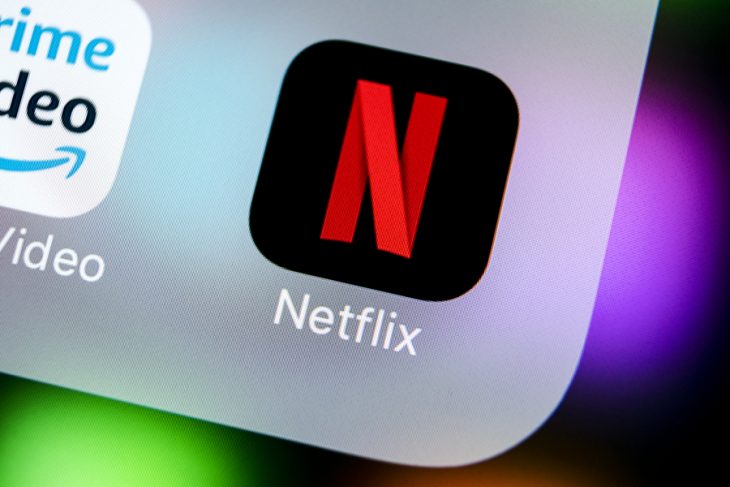
LOS GATOS, Calif. — Netflix generated almost C$1.1 billion (US$828 million) in annual revenue for the 2018 fiscal year in Canada, with average paid subscriptions coming in at 6.2 million.
In its most recent filing of financial results to the U.S. Securities and Exchange Commission, Netflix shed light on the revenues generated by the streaming service in different regions of the world, including Canada. Although its financial numbers for revenue and subscriptions for the Canadian and U.S. markets are lumped together in the SEC filing, Netflix has said previously in a letter to shareholders in October 2019 that its combined U.S.-Canada (UCAN) regional results break down to roughly 90% America and 10% Canada.
For the fiscal year ended December 31, 2018, Netflix’s total UCAN revenues hit US$8.28 billion, meaning Netflix Canada’s revenues in 2018 totalled approximately US$828 million, which works out to almost C$1.1 billion.
In the same SEC filing, Netflix reported its results for the first nine months of its fiscal 2019 year. To date, Netflix has generated US$7.38 billion in revenue for 2019 in the UCAN region (a year-over-year growth rate of 17%), which means the Canadian portion of its streaming business accounts for US$738 million (roughly C$970 million) of its revenue for the first nine months of 2019.
With the new mandate given to Heritage Minister Steven Guilbeault to ensure all content providers, including digital giants, contribute to the creation of Canadian content, having even a rough regional breakdown of Netflix’s revenue numbers makes for easier guessing on just how much Canadian content producers could benefit in future.
Although the Heritage ministry hasn’t made any decisions about the level of support that digital content providers will be expected to contribute to content creation in Canada, it’s fair to say it will amount to a significant investment, given the revenues enjoyed by players such as Netflix. This is to say nothing about the video revenues earned by the likes of Amazon, Disney+, Apple, Google and others.
If, for example, the Heritage ministry decides the digital giants should spend 30% of their revenue on Canadian content — which is the standard Canadian programming expenditure (CPE) requirement for broadcasters — that would mean Netflix by itself could inject an additional C$330 million annual investment in Canadian content, based on Netflix’s full-year 2018 revenue figure of C$1.1 billion. It’s worth nothing that very few people think this will be the number the government settles on.
But even if Heritage Canada sets the digital players’ CPE requirement at 5% — which is what Canadian BDUs and Pay TV companies must contribute from the video portion of their revenues — that would still work out to another C$55 million being spent on Canadian content each year by a company the size of Netflix.
Observers however believe Canada will likely follow the French, where digital giants such as Netflix, Amazon and others must contribute 2% of their revenues earned in France towards the making of local content. Using the 2018 amount for Canada, Netflix alone would have contributed $22 million for Cancon that year.
It remains to be seen which formula the Heritage ministry might use to ensure all content providers contribute to Cancon creation, but the feds will wait for the January Broadcast and Telecom Legislative Review panel submission before making any decision. The federal government has, however, promised to have new rules in place within a year of that report.



